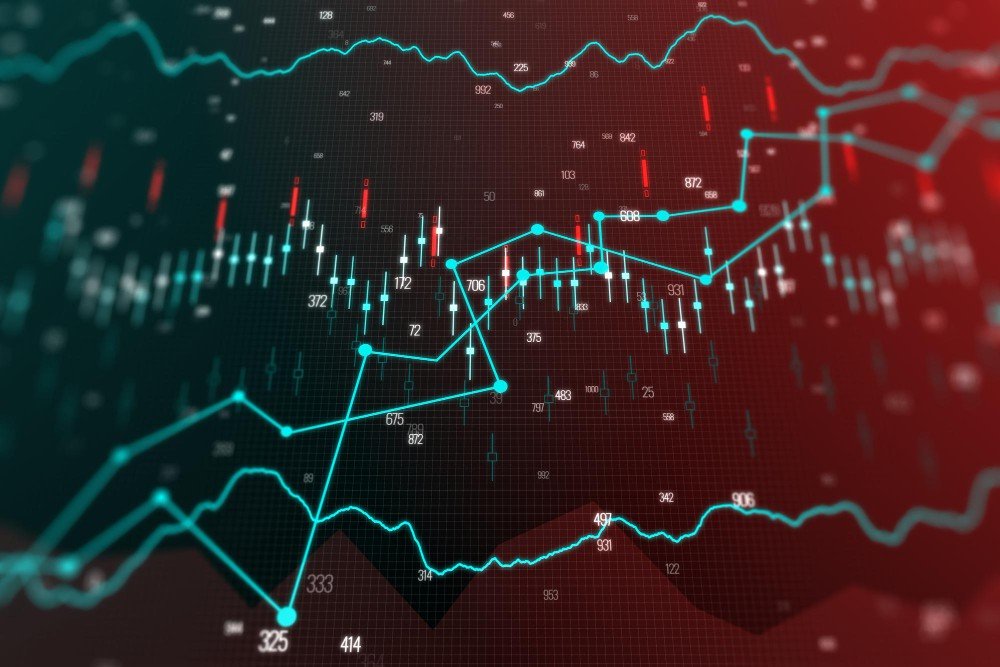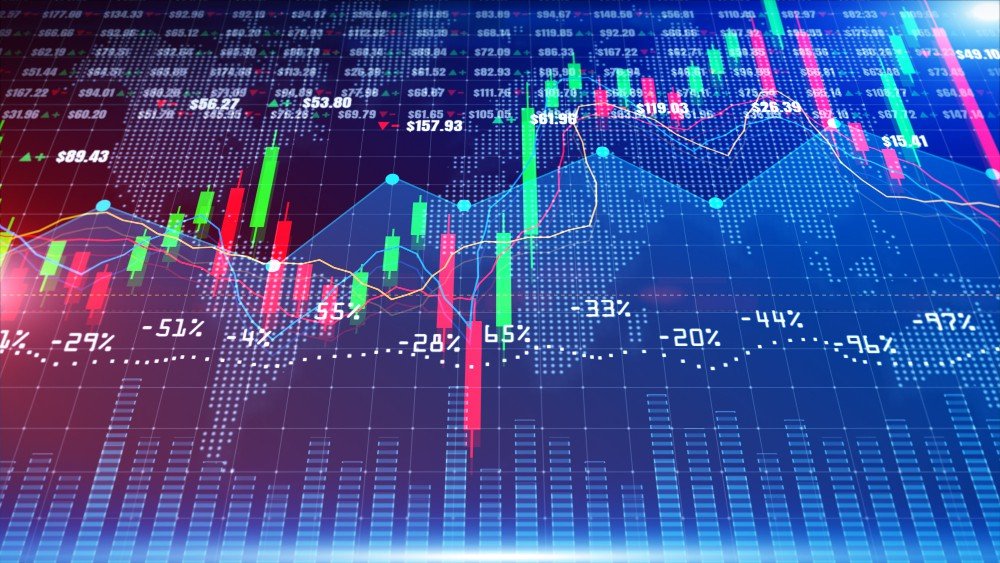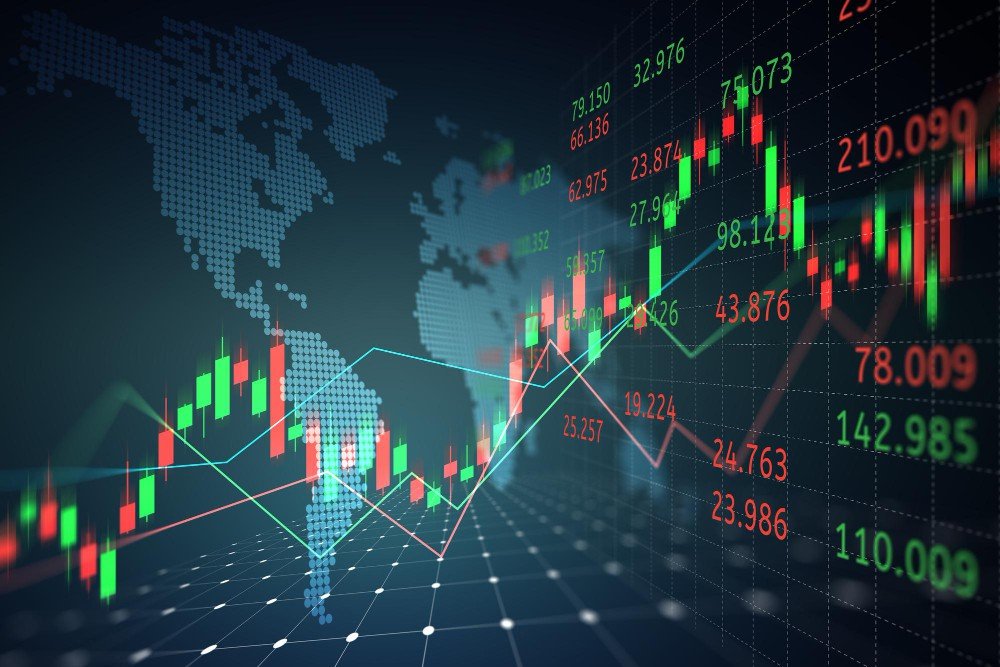Separating hype from reality in algorithmic trading

Introduction
Artificial Intelligence (AI) is revolutionising many industries, and forex trading is no exception. It’s estimated that AI-driven trading could reach US$19 billion in revenue by 2028.
According to the International Monetary Fund (IMF); “the share of AI content in patent applications related to algorithmic trading has risen from 19 percent in 2017 to over 50 percent each year since 2020, suggesting a wave of innovation is coming in this area.”
Although this may be exciting at first, every trader must be sure to distinguish between the hype, and reality.
AI is still evolving, and its application to the forex market is not yet foolproof. AI should be considered as a tool, rather than a solution to guaranteed profits. Although AI can process data incredibly quickly, human discretion is still a pivotal aspect of trading.
The Promise of AI in Forex
AI promises to bring numerous benefits to forex trading, often by outperforming humans in specific areas;
- Enhanced Data Analysis: AI can analyse vast amounts of data in real-time, much quicker than any human ever could. It can quickly identify patterns across multiple currency pairs, interest rates, and economic indicators, something that would take human traders hours, if not, days.
- Faster Trade Execution: In high-frequency trading (HFT), speed is everything. AI algorithms execute trades in milliseconds based on pre-set criteria, enabling traders to capture small, short-term price movements before the competition even reacts.
- Emotion-Free Decision Making: Emotion and trading don’t mix - often leading to costly mistakes. AI removes the element of fear, greed, or hesitation, making decisions purely based on data and predefined algorithms. This is especially beneficial in volatile markets where emotional discipline is paramount.
Current Realities of AI in Forex
While the promises are enticing, the reality of AI in forex is far more complex. AI may have seen success in niche areas like high-frequency trading (HFT) and pattern recognition.
However, AI has significant limitations and challenges that traders must be aware of:
- Data Dependency: AI is only as good as the data it’s given. Poor data quality or biased historical data can lead to incorrect predictions. This is why many AI models fail during black swan events that disrupt the market, such as the 2020 pandemic.
- Complexity in Adapting to Market Conditions: AI excels in stable or predictable environments but struggles in a chaotic environment that poses many unforeseen disruptions and volatility. The most recent example, the 2020 Covid-19 pandemic, many institutions had become accustomed to.
As an example, financial institutions have been known to use AI algorithms to exploit small price discrepancies across different markets, leading to some great successes. However, when the 2020 Covid-19 pandemic disrupted markets, AI struggled to adapt to the rapidly changing conditions and, in some cases, leading to large losses for the institutions running them.
For more insights on how AI is evolving in forex trading, you can check out this detailed post on Fusion Markets, where the use of AI tools like ChatGPT is discussed in the context of market analysis and trading strategies.







